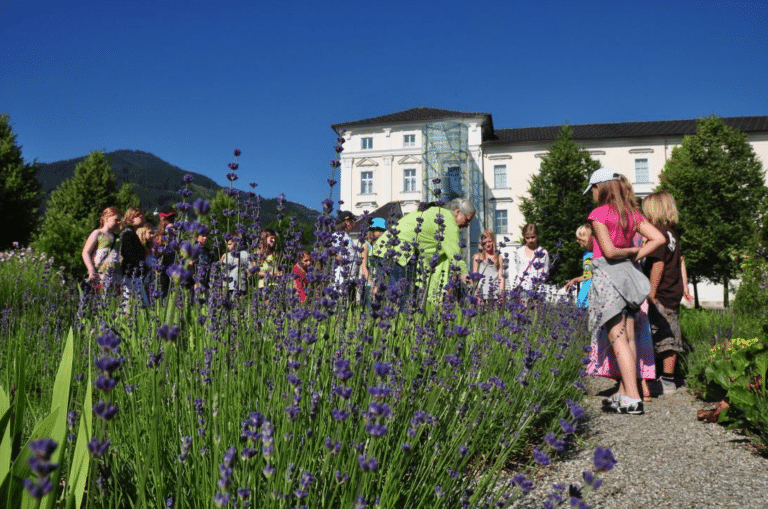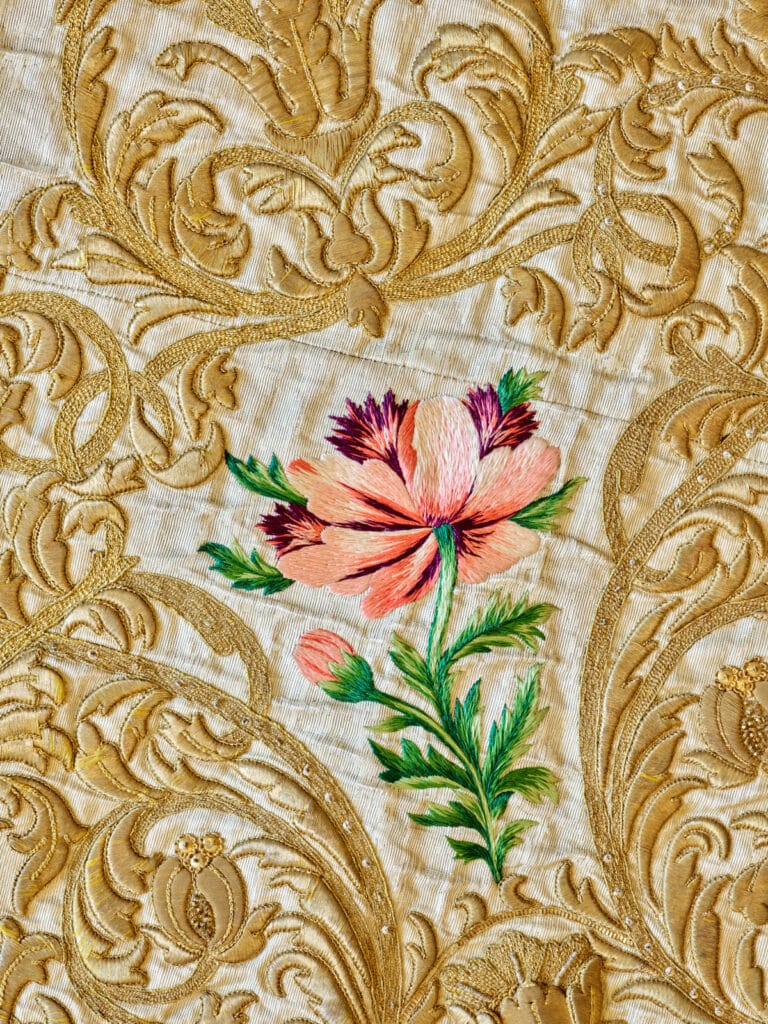
Admonter Marzizoni
A 300-year-old recipe from the former Abbot Anton of Admont Abbey has found its way back into the museum shop as a globally unique speciality and fascinates visitors from near and far with its special taste.
What was the biggest challenge in making the marzizoni?
Dr Sepp Hasitschka found this recipe many years ago while researching for his monastery cookbook in the archives of Admont Abbey. As he personally was unable to bake it properly, he commissioned my boss August Stockhammer to recreate the original recipe. Because it dries out very quickly, this product was never included in the programme. Three years ago, I was commissioned to produce the Marzizoni for the museum shop. As I was aware of the problems with the recipe, I didn't necessarily want this order at first. After consultation, I was allowed to change the recipe. The almond and sugar content is the same as the original recipe. However, to make the marzizoni more durable, we use a large proportion of the almonds as marzipan, which consists of two thirds almonds and one third sugar. In addition, the spice mix has been reduced to achieve a spicy but still tolerable sharpness (ginger). We use white and red chocolate for better preservation. The shape and colour of the diamonds correspond to the abbey's coat of arms. It took us around 40 attempts to realise this. We are proud that we have succeeded in realising it in this form, as it enables us to produce a unique product that is only available from us in this form. As we deliver door to door, they are produced fresh to order.
A recipe that is over 300 years old, written by the then Abbot Anton of Admont Abbey, finds its way into the Stockhammer confectionery and back into the shop as a finished product.
What is so special about this recipe and its ingredients compared to today's baking recipes?
The Benedictines are very hospitable and are known for enjoying a full table. However, as the highest holidays fall during Lent, this product, although very small, allowed them to show their guests their prosperity. At this point in history, all spices were imported from India. They arrived in Central Europe either via the Silk Road or by sea. It was not for nothing that spices were weighed in gold back then. Similarly, sugar was not yet available here in this century, as sugar beet was only discovered for sugar production much later by chance. Sugar was mostly imported from the Caribbean as sugar cane. We sweetened it with honey. The same applies to almonds. So you can see that no mere mortal could have afforded such ingredients. In the past, exotic spices were what gold leaf is today on foods that we cannot afford.








